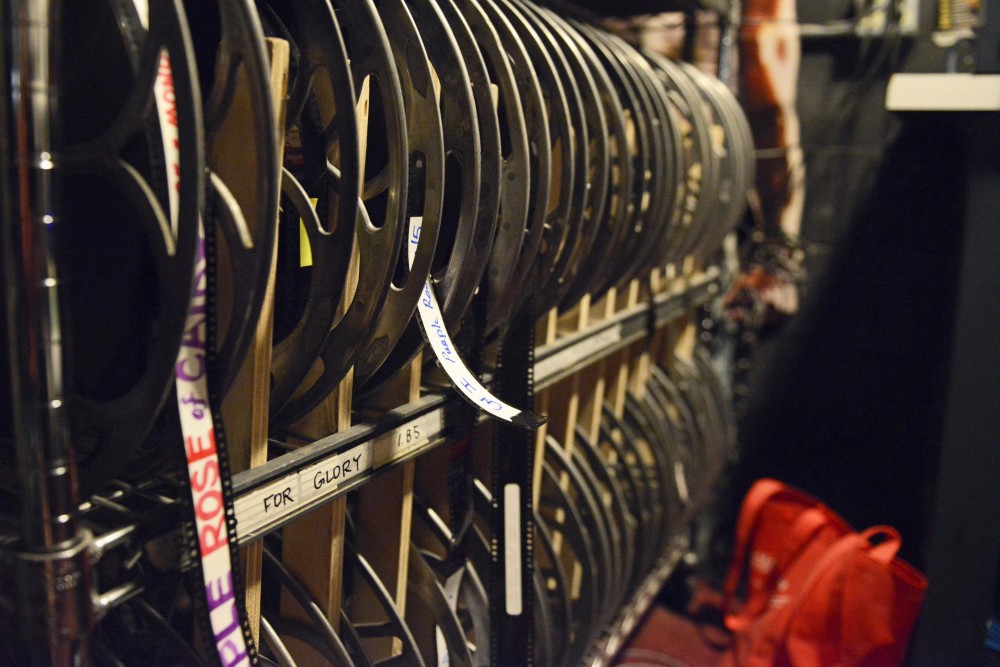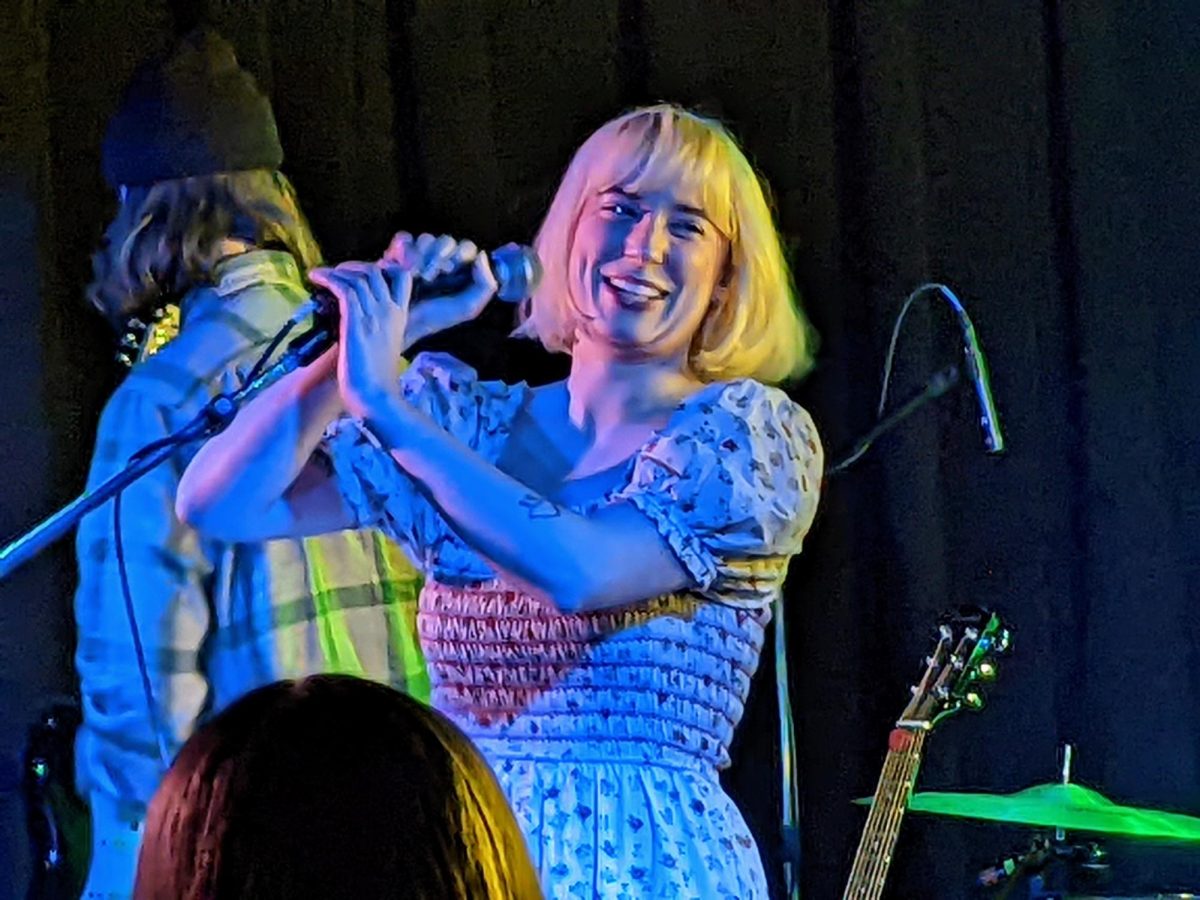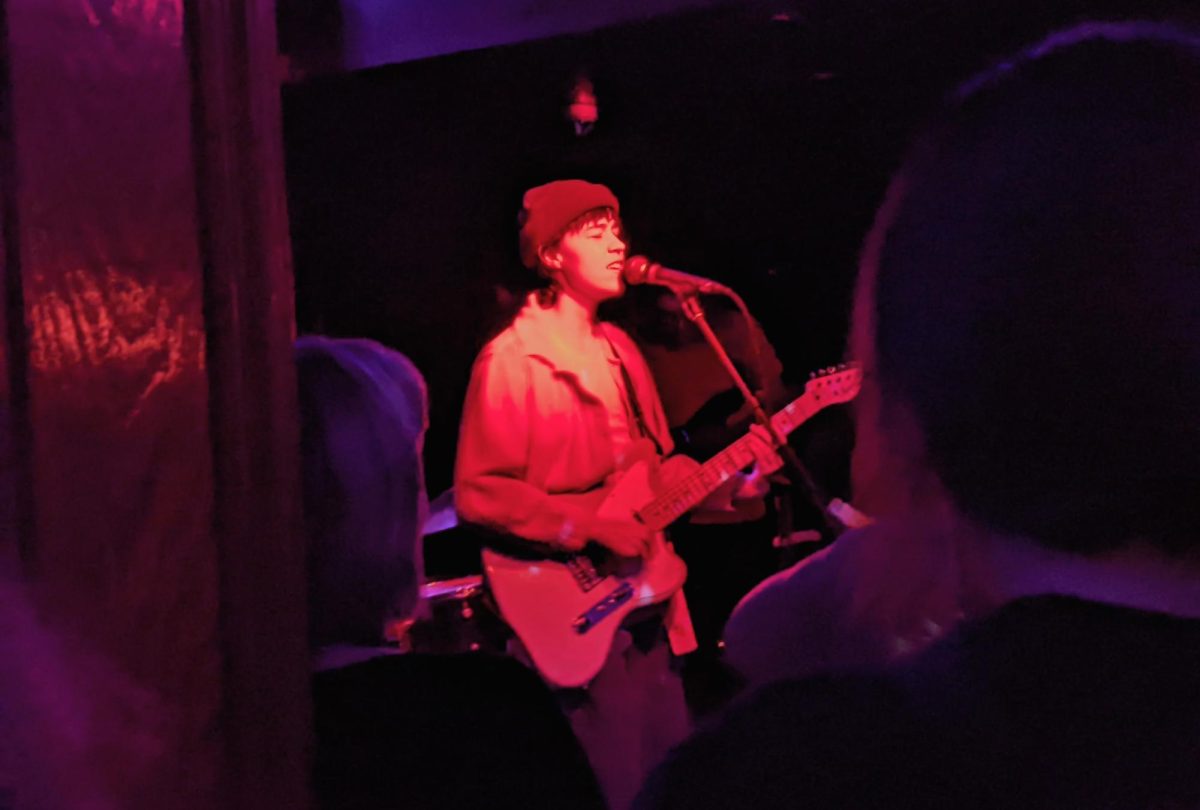What’s the Trylon about? High-brow arthouse? Foreign films? All-night horror marathons? Why not all three?
A&E talked with owner Barry Kryshka and programmer John Moret (who chooses which films to play) about their recent expansion. The yet unfinished auditorium bore evidence of months of toil to be swept away in time for the theater’s reopening this weekend. Their first screening? Charlie Chaplin’s “The Great Dictator” on 35mm film.
To some folks, the Trylon might seem like an elite art-focused space — like the Walker.
Kryshka: The Walker doesn’t have popcorn.
Moret: We definitely don’t want to be the Walker. We want to show art film, but we’re also gonna show classic cinema and 1980s comedies. We’re not gonna steer away from “Fast Times at Ridgemont High.”
Our challenge here has always been disparate programming. We want it to feel as eclectic as we can, and to be warm and inviting.
K: I’d rather it be more like a movie theater than a museum.

M: My three-year-old sons were really bummed when the dirt pit got filled.
K: We were like, ‘We’re gonna have a movie theater.’ And they’re like, ‘But the dirt.’
What was the expansion process like?
K: Doing this expansion is a bunch of geometry. If we put this beam across the room, the projector has to go down, like, eight inches. There’s a lot of snowballing, like a chain of dominoes … If anyone ever asks why the panels in the back are two different colors, the answer is, ‘That’s what happens when you place two identical orders for fabric on Amazon.com.’
Why did the Trylon decide to expand? What’s its role in the Twin Cities?
K: A few places do bits and pieces of it, but we’re hoping that our identity will be as the Twin Cities’ full time [arthouse cinema].
How many seats?
K: Ninety-two-ish. I get a little fuzzy on how to refer to the wheelchair spots. We’re hoping to get the word out about that, too. Now, however, the handicap-access spaces are right on the opposite side of the auditorium entrance, directly centered in front of the screen. There are more seats, they’re all brand new, and there’s a bigger screen, so the picture will be bigger all the time.
Had you known since you opened the Trylon that you wanted to expand?
K: I moved into the space thinking that the theater would come together eventually. We kinda just wanted a cinema, and thought, ‘Well, maybe 100 people will fit. Nope. Maybe 50.’
M: We expected to be here a year. And then we were still here. So we stayed another year.
How have your audiences changed since you opened in 2009?
M: Well, Barry was doing all the programming in 2009. And Barry’s in love with Classical Hollywood, so we were doing a lot of film noir, a lot of silent film, so that stuff had an older audience. But I like to try to mix it up, so this fall, you’re gonna see Cronenberg, but you’re also gonna see Tarkovsky, [who made] three-hour Russian films. Weekends in October are all horror franchises.
M: But by doing stuff like “Friday the 13th,” which will (hopefully) make some money, we can do stuff like “Funeral Parade of Roses,” which is this Japanese film that’s a queer film from 1969. It was actually banned in Japan, mostly because you see people on the toilet. But it was also banned ‘cause there’s gay sex. It was banned in the States until now too, and there’s a new restoration of it, so we’re gonna show that. And I’m thrilled, because it’ll be the type of thing that won’t make a lot of money, but it’s the type of thing we should be able to show.
How do you find stuff like that?
M: The 35mm print stuff is just about watching what other theaters are doing, always trying to meet film collectors, like constantly writing people, getting recommendations from one film collector for another.
How do you choose what you’re going to show?
October is the outlier; it’s gonna be all horror, all the time. But I try to mix it up as much as I can. We’re gonna be doing a Nicolas Cage weekend — “Raising Arizona” and “Wild at Heart.” These are his good movies — the one he did with the Coen brothers and the one he did with David Lynch.
So, Nicolas Cage, then film noir, then Hong Kong kung-fu — I’m trying to make it interesting both for me and for the audiences.
Have you started attracting younger audiences as the programming has changed?
M: I think by having a whole bunch of things that happen in the same place, that are all about the love of cinema, hopefully we can start making that change. Our goal isn’t to save the democratic republic, but I do think the poison that’s so present can lessen. Our space can be a safe place for people who are different to enjoy things together. Even if it’s just sitting in a dark room with someone else.
As a kid, I would rent a video that I really loved, that was easy to digest, like “Raiders of the Lost Ark.” And then I was like, ‘I like this Harrison Ford guy. What else is he in?’ And that leads you to watching “Apocalypse Now.” And then you’re like, ‘What is THIS movie?’
I’m hoping that the new space provides room for people to feel like they can come take chances. I always talk about the guy that worked in my video store when I was a teenager — he would always be like, ‘Try this, check this movie out.’ I hope that someday, we’re that video store guy — that someday, people think, ‘It’s at the Trylon, I’ll take a chance.’ That would be a huge success.








